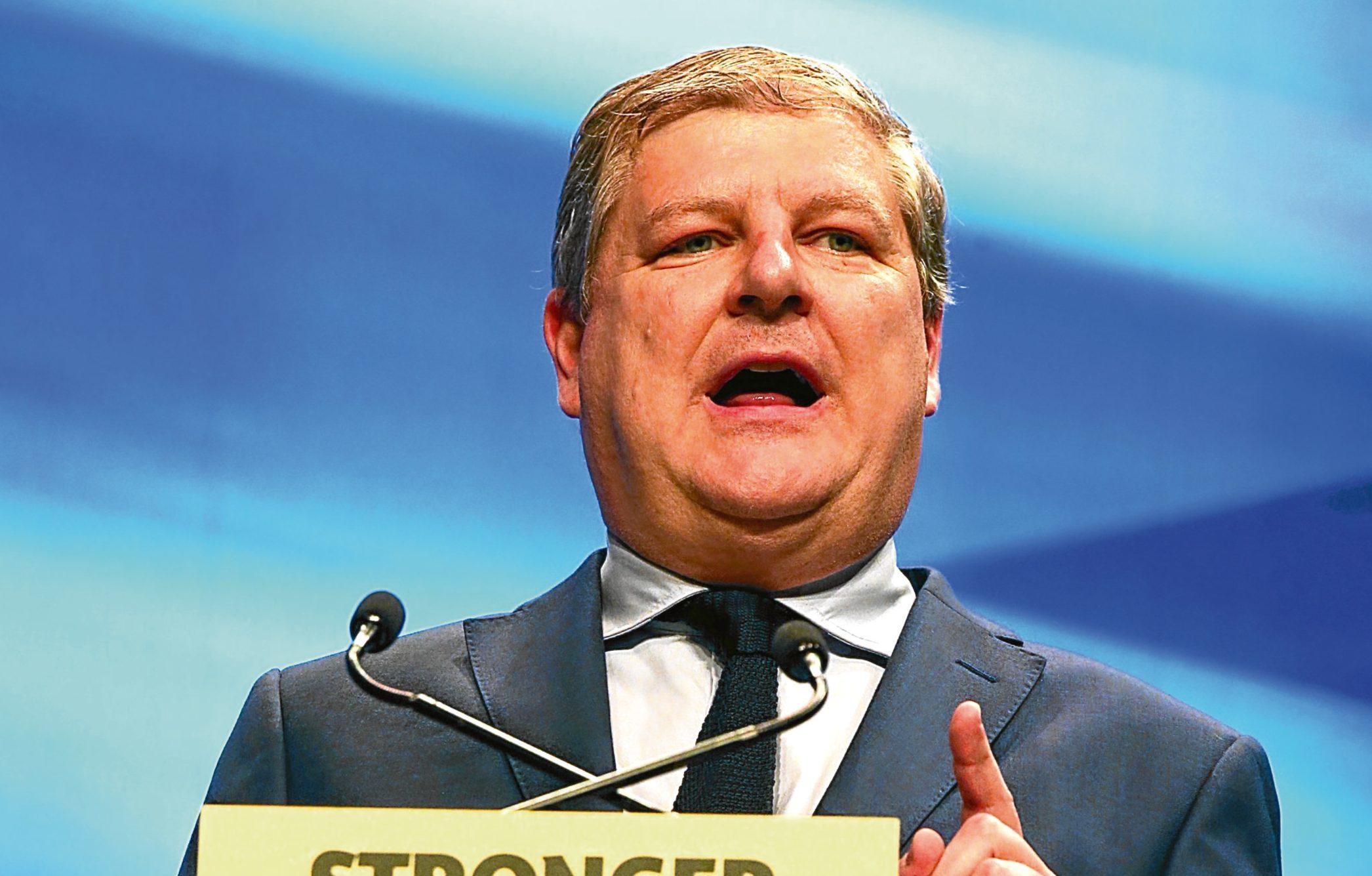The drawn out, dog eat dog Democratic primaries will have nothing on the contest just getting started in Scotland between two SNP candidates up for the same marginal seat.
Although the American combatants’ prize – the US presidency – is ultimately grander than that up for grabs here, the internecine spat between the feuding Nationalists, and particularly their feuding supporters, will be the bitterer.
Joanna Cherry, currently MP for Edinburgh South West, announced her intention to fight Edinburgh Central in the next Holyrood elections in 2021, hot on the heels of former Moray MP Angus Robertson.
Within hours, the fur was flying, with Robertson tweeting that the role needed a “full time” candidate, a comment perceived as a jibe at Cherry who held on to her Westminster seat in the December general election.
Cherry then said that if she won the nomination for the Scottish constituency she would not serve her full term in the Commons.
Both politicians have flagged up their Edinburgh credentials, but for the two biggish party beasts, this is about much more than the seat itself, which was narrowly won by the then Scottish Conservative leader Ruth Davidson in 2016.
Speculation about a possible vacancy in Bute House in the near future has mounted since the weekend, when First Minister Nicola Sturgeon told the BBC’s Andrew Marr that she “hoped” to remain in her post.
The fact that two of her most able colleagues are now “fighting like ferrets in a sack to be the next leader”, as the Scottish Tories’ Jackson Carlaw put it, only intensifies doubts over Sturgeon’s longevity.
In the absence of any ready talent in her current Holyrood team, either Robertson, a one time SNP leader in the Commons, or the formidable Cherry look like plausible alternatives.
The fact that they represent opposing factions in the escalating civil war gripping the Nationalists provides added spice; this, people are saying already, is a battle for the soul of the party.
But whose side should we be on? Admittedly, as a Unionist, I hope their campaign for the nomination is so divisive that it wrecks the chances of whoever wins from gaining the seat next year.
However, in the interests of this country’s political landscape for the next decade or so, it is clear who out of the pair would be the best SNP leader, and MSP for Edinburgh Central of course.
In one corner, we have Cherry, a QC and staunch ally of Alex Salmond, who is to stand trial in less than two weeks on charges of attempted rape and sexual assault, which he denies.
She believes Sturgeon has been too timid in pursuing independence and she has called for a wildcat consultative referendum.
This has won her a loyal following among Nationalist activists and fundamentalists in the party, who have convinced themselves that only Boris Johnson and his refusal to grant Scotland powers for a new ballot stand in the way of secession.
Cherry, who said she wants to offer her services where they can be of most use (that is, in Edinburgh not London), puts great faith in her ability to verbally bludgeon Scottish Unionists into submission.
In the other corner, Robertson is taking a different approach, more thoughtful and, unusually for a Scottish Nationalist, conciliatory.
He thinks that Scotland will only win independence when separatists persuade the doubters, who are still in the majority, of the merits of their cause.
As director of the pro-independence think tank Progressive Scotland, he hit out last year at cybernats, and all those who engage in malicious behaviour towards political opponents.
“The most important thing in the wider Yes movement is to adopt a new open and welcoming tone,” he said.
And he called for a reshaping of the constitutional debate, with Nationalists promoting a more nuanced and positive case, reaching out to “open minded and undecided voters”.
As this didn’t sound like the Nationalist voice we have become accustomed to, it was startling talk from a high profile separatist, but it shouldn’t have been.
While Robertson’s aim of breaking up Britain would be, in this columnist’s opinion, a disaster for Scotland, his means of going about it is not so harmful.
Scotland should be mature enough to have a healthy debate – and that doesn’t mean another referendum – about its future without the kind of ethnic nationalism that must always be looking for enemies.
We have seen too much of this under both Salmond and Sturgeon and it has failed to change voters’ minds in any meaningful way.
